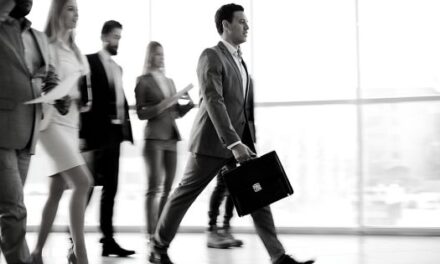Grab your latest financial statements (Balance Sheet and Profit and Loss Statement), then answer these 10 questions:

Are you on an accrual basis?
This means you see accounts receivable, accounts payable, and inventory (if you have inventory) on your balance sheet. QuickBooks, for example, tells you whether the statement is printed on a cash or an accrual basis in the upper left hand corner. If you don’t see accounts receivable, accounts payable or inventory on your balance sheet, your financial statements are probably not accurate from an operations basis (they may be from a tax basis – but the tax office doesn’t run your business on a day to day basis). Accrual accounting is critical for good financial analysis and spotting minor issues before they become major crises.
Does your balance sheet balance?
Assets should balance liabilities plus net worth (or equity). If it doesn’t, then someone is not putting entries into your accounting system properly or your software needs to be rebalanced (you usually get a notice that it is not in balance).
Do you have negative cash on your balance sheet?
You can’t have negative cash in your checking account – the bank would charge you large fees and close your account. More than likely you have a lazy bookkeeper who prints out all the checks at once and sends them out when there is money to pay the bills. Don’t print checks unless you have money in the bank to cover them.
Is your inventory (if you have it) the same number every month or is it not on the balance sheet?
The likelihood that inventory is the same value each month is likelihood of winning the lottery. Inventory changes every day depending on the materials ordered and the materials used to produce products and services.
Do you have negative payroll taxes on your balance sheet?
The tax office more than likely doesn’t owe you money. Your state revenue department more than likely doesn’t owe you money. This is a bookkeeping error. Get the accounting for your payroll expenses correct. It affects your entire financial statement.
Do you have negative loan balances on your balance sheet?
The bank doesn’t owe you money for your loan payments. Again, a bookkeeping error. This usually happens when the entire loan payment is deducted from the loan balance. Part of the payment is principal and part is interest expense. Make sure the interest expense shows up on your P&L and the principle reduction is shown on your balance sheet.
Do you have a negative gross profit on your Profit and Loss statement?
Gross profit is sales minus cost of goods sold. Unless you knowingly have a loss leader like some supermarket sales that lure you in to the store by, for example, selling a gallon of milk for $1, you don’t purchase a part for $10 and sell it for $8.
The only time this might happen, and it is rare, is when all you do in a month is warranty work. Then you have almost no revenue and large costs for providing the warranty to your customers.
Do you have no rent expense (or utility expense or any expenses that you know you pay every month)?
Make sure these bills are recorded each month. You have to pay your rent every month or your landlord will kick you out of your office.
Is your net profit on your profit and loss statement the same as your current retained earnings on your balance sheet?
If not, then you have a problem. The net profit on your P&L should be exactly the same as the current retained earnings on your balance sheet. If it isn’t then someone is probably making journal entries that should not be made.
Do your aged accounts receivable and aged accounts payable balance reports match the values shown on your balance sheet?
They should match exactly. If they don’t then someone is putting journal entries into the system to cause the imbalance. Find out why.
In less than one minute you can find the answers to these questions. Start here. You’ll make better business decisions and spot minor problems before they become major crises.




















